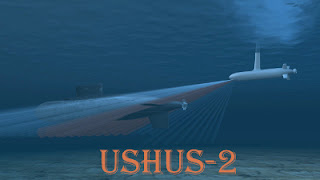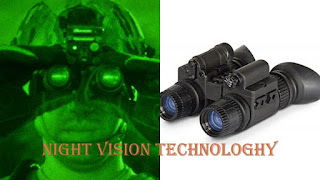USHUS-2

March/24/2017 is a historical day for India After England, USA, France and Israel; India is a fifth county which develops his own navigation system for ships. Secondly, after the democracy India first time export defence items. India gives three SONAR system USHUS-2 to Myanmar and the cost of this product is about 180 crore. USHUS-2 is developed by Naval Physical and Oceanographic Laboratory (NPOL), the only Defence Research and Research organisation (DRDO) lab in Kerala, India. Union Defence and Finance minister Mr Arun Jaitley handed over 10 USHUS-2 to Indian navy too. USHUS-2 USHUS-2 is an integrated submarine sonar suite, a state-of-the-art upgraded of existing USHUS sonar presently operational on the frontline submarine of Navy. USHUS will replace Russian sonar system. It is designed and manufactured by DRDO. The range of USHUS-2 is about 100 to 150 kms.


